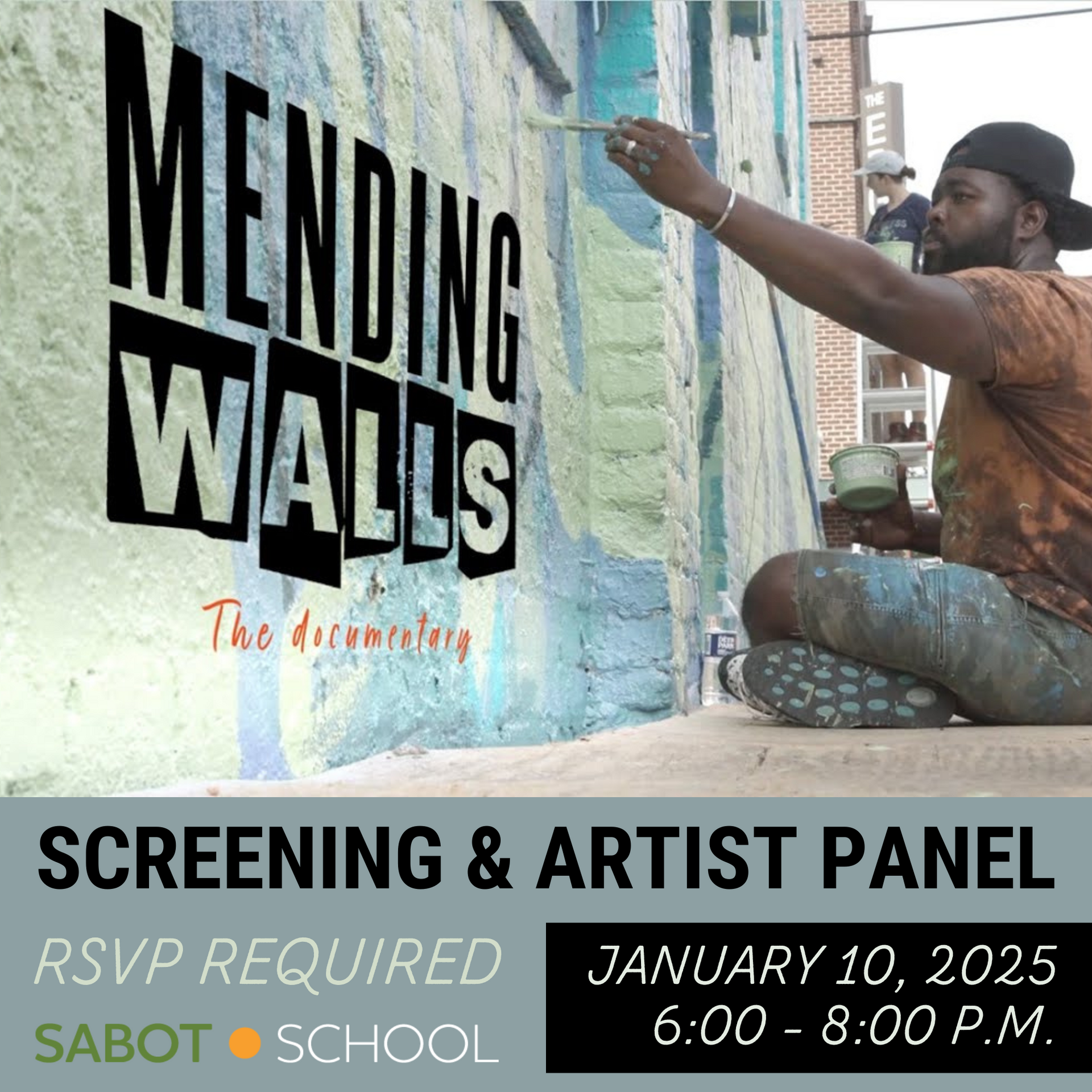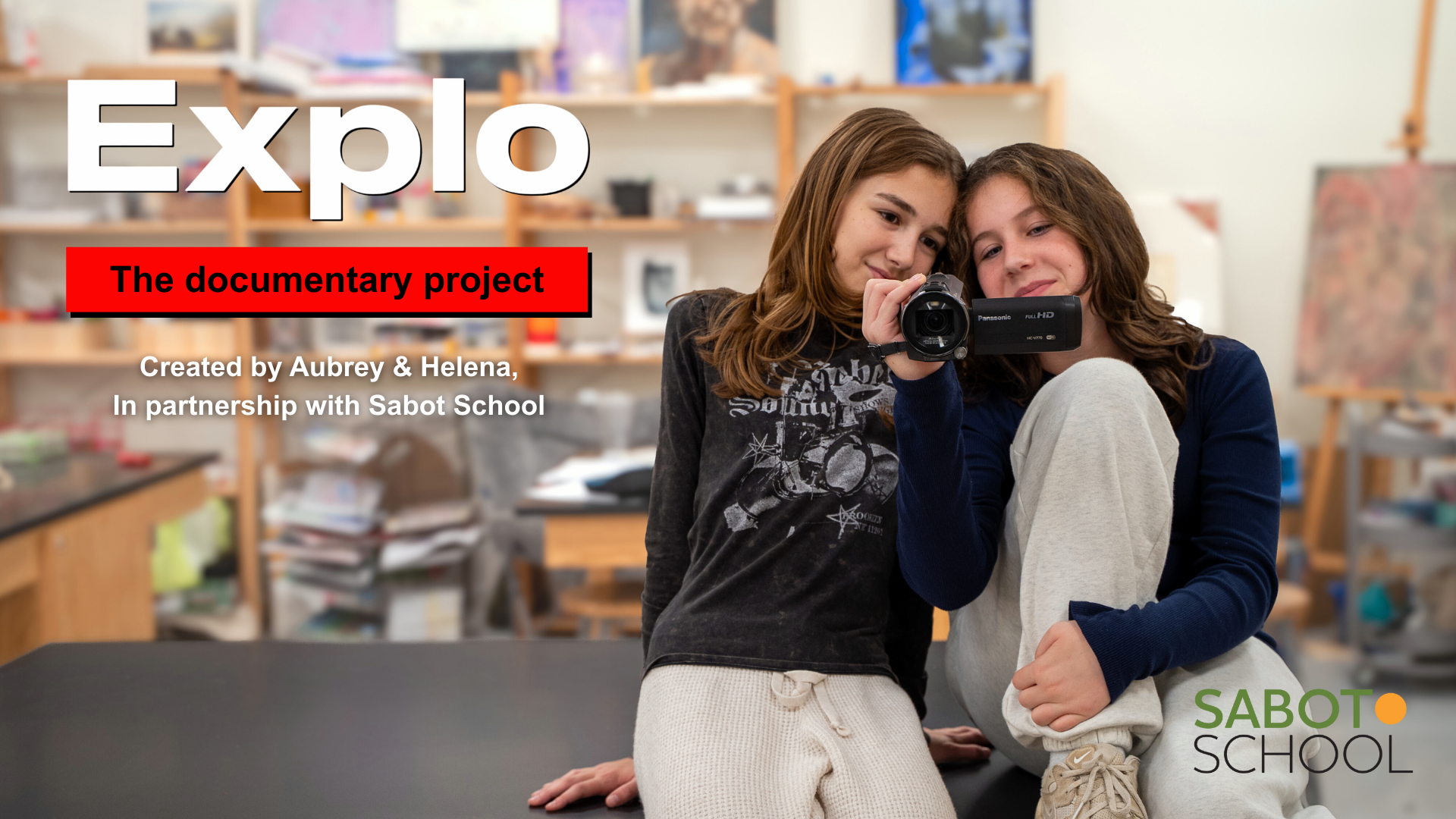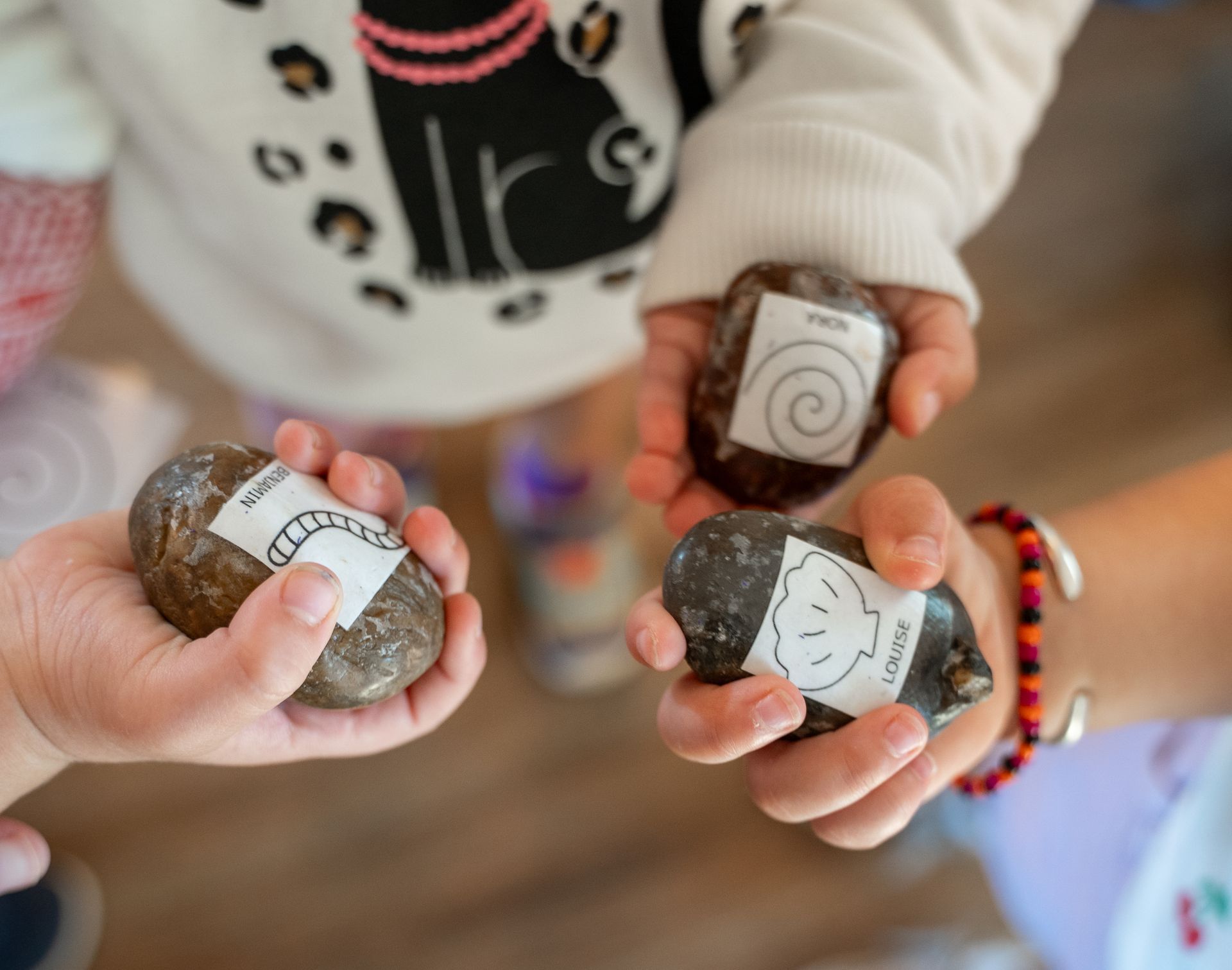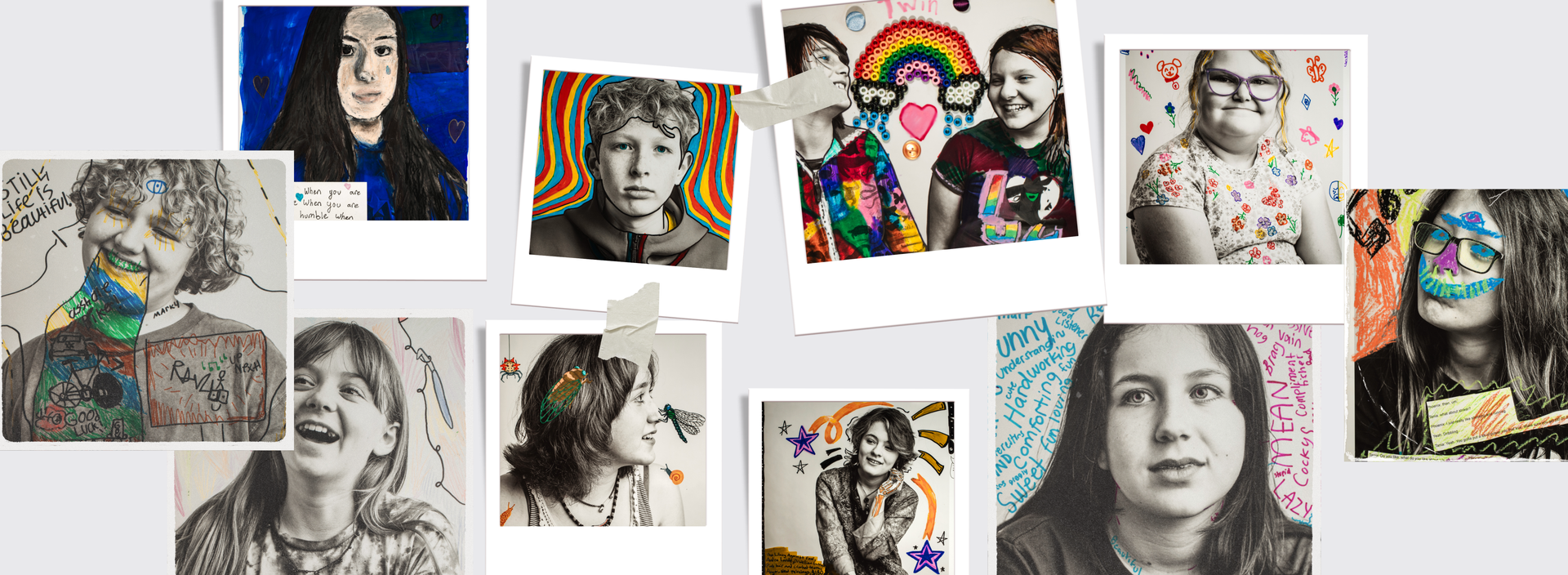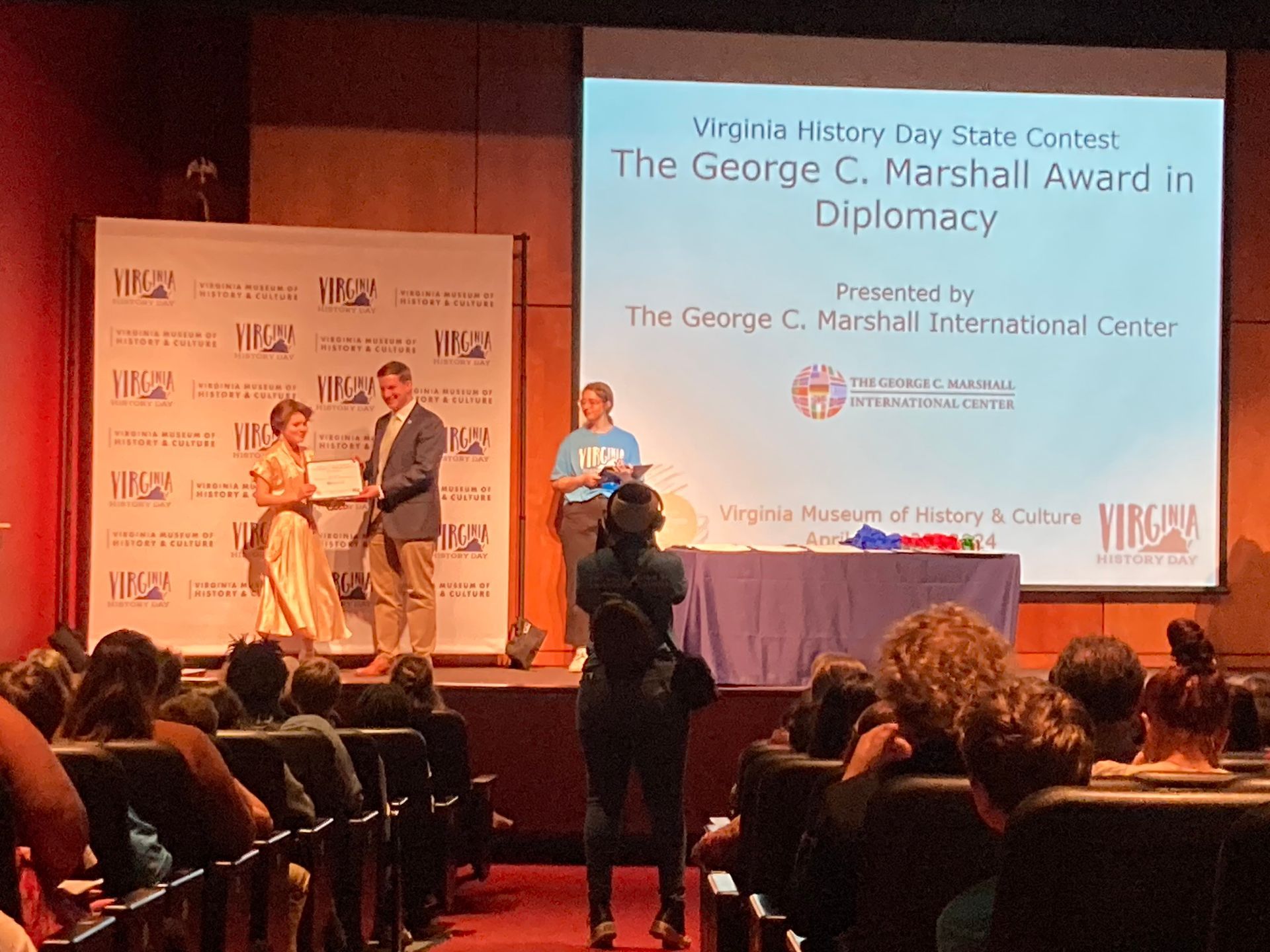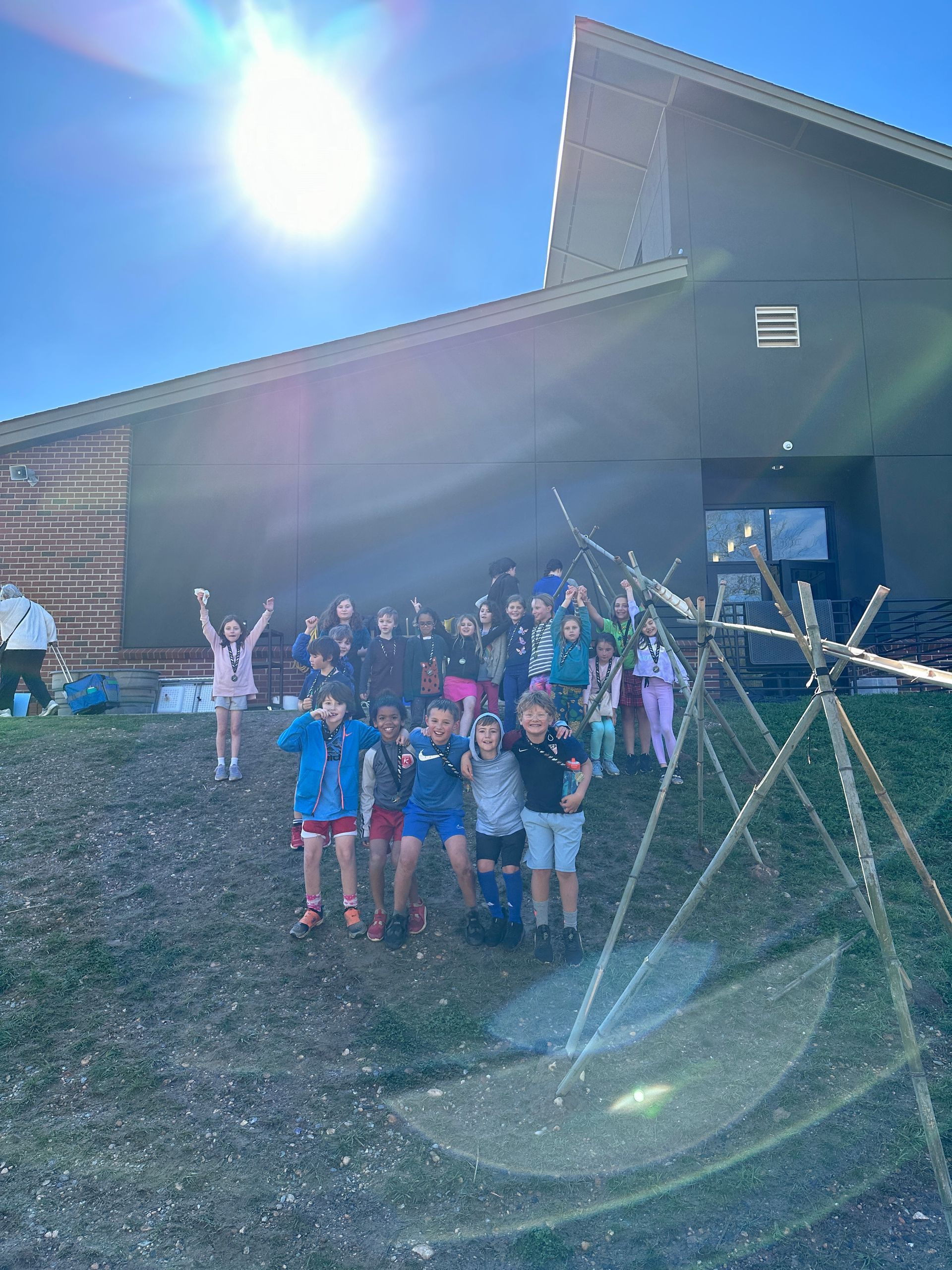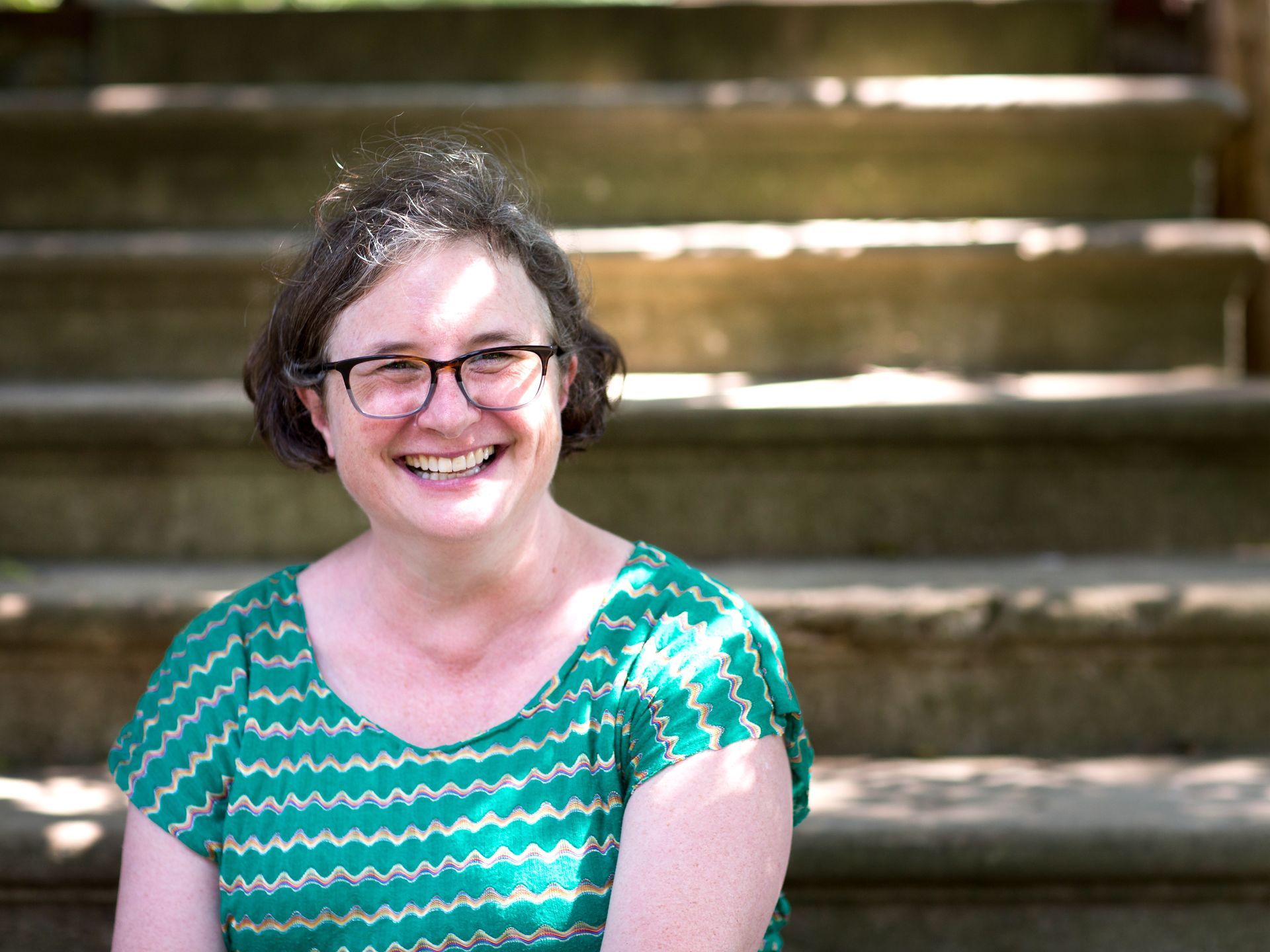There Must Always Be A Foundation: Listening, Mindfulness, and “Turtleness,” Part 3








(Top row: Students draw what they think a turtle looks like. Bottom: Later observational drawings created the same morning: a sea turtle, an alligator snapping turtle, a red-eared slider, and a Galapagos tortoise. Slowing down to build relationship and connection helps us to see and express details and differences we may have previously overlooked – or never knew existed.)
Throughout the month of October, we playfully (and intentionally) continued to listen to Debussy’s music and attempted to represent turtle movement as a group, while individually the children worked to represent artistically what they knew about turtles. It was only after offering up shared experiences – watching turtle movements in online nature videos, book research opportunities, thinking about turtles in world mythology, interactions with real turtles, and closer photographic examination of a diverse range of tortoises and turtles – that they began to think more deeply about what they thought they knew and what they were now learning by slowing down, observing, and processing. A rich discussion followed – what does it mean to be a turtle? How do we know what we know about turtles? Personal experiences and ideas were being expressed differently within our group, artistically and kinesthetically, but we noticed that even though we were all responding to the same slow music, pictures, and provocations, we had very individualized interpretations of “turtleness.” Questions were then posited around this idea: if everyone’s experiences with turtles and music are not exactly the same, how can we create commonality through dance and music (non-verbal means of expression) to convey a generally shared understanding?
The children soon realized that an audience’s ability to listen to and understand them as performers depends not only upon what the audience already knows about turtles, but also upon how the performers listen to each other and work together to communicate “turtleness.” We watched real turtle movements online to give them a shared observational experience to move their performance forward, and this helped generate some new thinking. They noticed real differences in the way that land tortoises and turtles move as opposed to sea turtle hatchlings emerging from their shells and rushing to the sea. Theories quickly emerged as to why (the hatchlings’ rush to escape predation on their way to the ocean). In the videos below, two students keenly observe that tortoises have broad, trunk-like feet to help support the weight of their shells, and suggest that we incorporate this information into our performance. Yet another student proposes that they all use their backpacks like shells to help them think more about the weight tortoises carry and how this would affect their movements.

They quickly began to notice several things – it is hard to keep a backpack steady on your back, to use your fists and the palms of your hands to support your weight, and remember to stay slow and steady like a turtle with the whole class performing. Several students who were starting to get the hang of it offered to perform together for the class to figure out what was working and what wasn’t, and how we might reconceive our turtle dance [ Group of five – backpack tortoises ]. While we all noticed that their performance was far more focused and comprehensible, the performers themselves remarked that fewer people opened up the space, fostered concentration, and increased their ability to read others’ body language to inform movement decisions.
- Sadie: [In a whole group performance] before we were just crawling around on the ground.
- Luke: It’s easier [with a smaller group] because if you are with a whole bunch of people, you might start to get crazy. You have enough space to separate and be more mindful.
- Miles: We were in sync.
How is “turtleness” like mindfulness?
- Leo: Mindfulness is being calm and patient and the turtles seem very slow and they connect…[the] similarity is patience.
- Weston: They “roll with it.”
- Nathan: They work with the fact that their shell is so heavy.
- Miles: I like Weston’s idea – “it works with it.” They work with what they have and what they understand.
- Carter: Another thing with “work with it:” you know how we made symbols, like symbols of the music so they know what time it is or what to do? The music that is playing is making slow music as symbols. Say the music was playing and it was going a little slow. The turtles would go slow. It was slow, and faster if it was faster.
- Leo: Turtles “work with it.” They walk around with their shells on their back they are super heavy and there may be turtles who don’t really like having shells on their back but they are fine with it.
- Nathan: Managing impulsivity!
- Luke: Turtles carry their shells. Once they get used to it, they get used to stuff really quickly.
- Elina: Turtles are mindful because they respect and they wait for things and are patient and they respect other animals.

In revisiting our “turtle dance” again and again, the class quickly overcame any initial hesitancy, nervousness, and silliness, while continuing to acknowledge that these were real challenges for them. When everyone was asked to collectively participate and offer respectful and specific feedback to reflect and refine, the creative risk lessened and real buy-in and investment began to take hold. The connection to self-awareness and mindfulness and “turtleness” became a constant topic of conversation. The metacognition behind these forays into listening, mindfulness, and movement surfaced again and again throughout the process.
- Elina: At the beginning of being turtles [in our movement experiences] we didn’t think, we just did stuff. We didn’t really think about what turtles do and our experience with turtles.
- Sadie: Before, we didn’t know what the point was, but now we can know what we’re doing.
- Henry: At first, I wasn’t really interested in turtles. Now we’re pretty much doing research and now I am interested. It’s kind of crazy how it started with listening and went all the way to turtles.
- Nathan: This little idea [about turtles] can sprout out into lots of different directions. All of a sudden we came up with an idea that sends us from listening to music to turtles.
- Henry: I remember this morning I was looking at Nathan’s Weird But True book…I saw that at the Battle of Gettysburg trees that were near the battlefield got shot were actually poisoned [by the bullets that became embedded in the trees]. Say the bullet was the listening idea and then it spread throughout the tree. So basically a bunch of seeds go into the ground, the seeds are listening, all the branches that the tree is growing are the different ideas [that] listening is making us have.
- Leo: Henry is right with [this] idea of the bullet and the seeds. The seeds start out with the idea, the listening, and then the tree is the music and then the bullet is the turtles. We found a way to use music as a way of connecting with listening.
- Harper: Listening, music, and turtles all have a connection because we have learned [about] them and we have learned that there’s a lot of the same things about them.
- Leo: We started with wonder and awe and then we got to curiosity. You would think that listening, music, and turtles…would be totally different, but we found that they have some similarities and connections. We are listening through turtles…
At the end of October, we were ready to expand upon our performance ideas, and we called in someone with dance and choreography experience to help the children move forward with their project work…
The post There Must Always Be A Foundation: Listening, Mindfulness, and “Turtleness,” Part 3 appeared first on Sabot at Stony Point.
SHARE THIS POST
